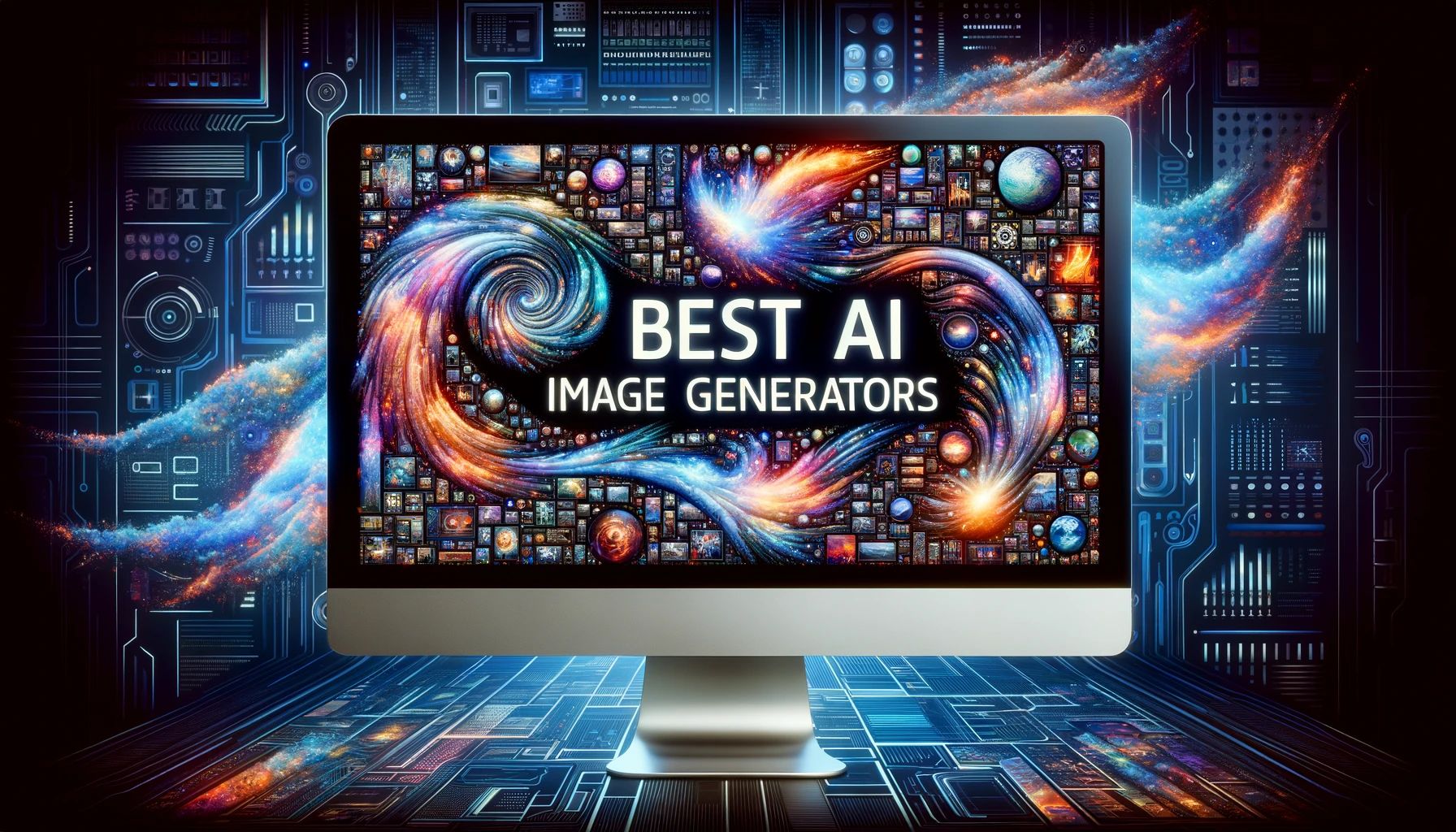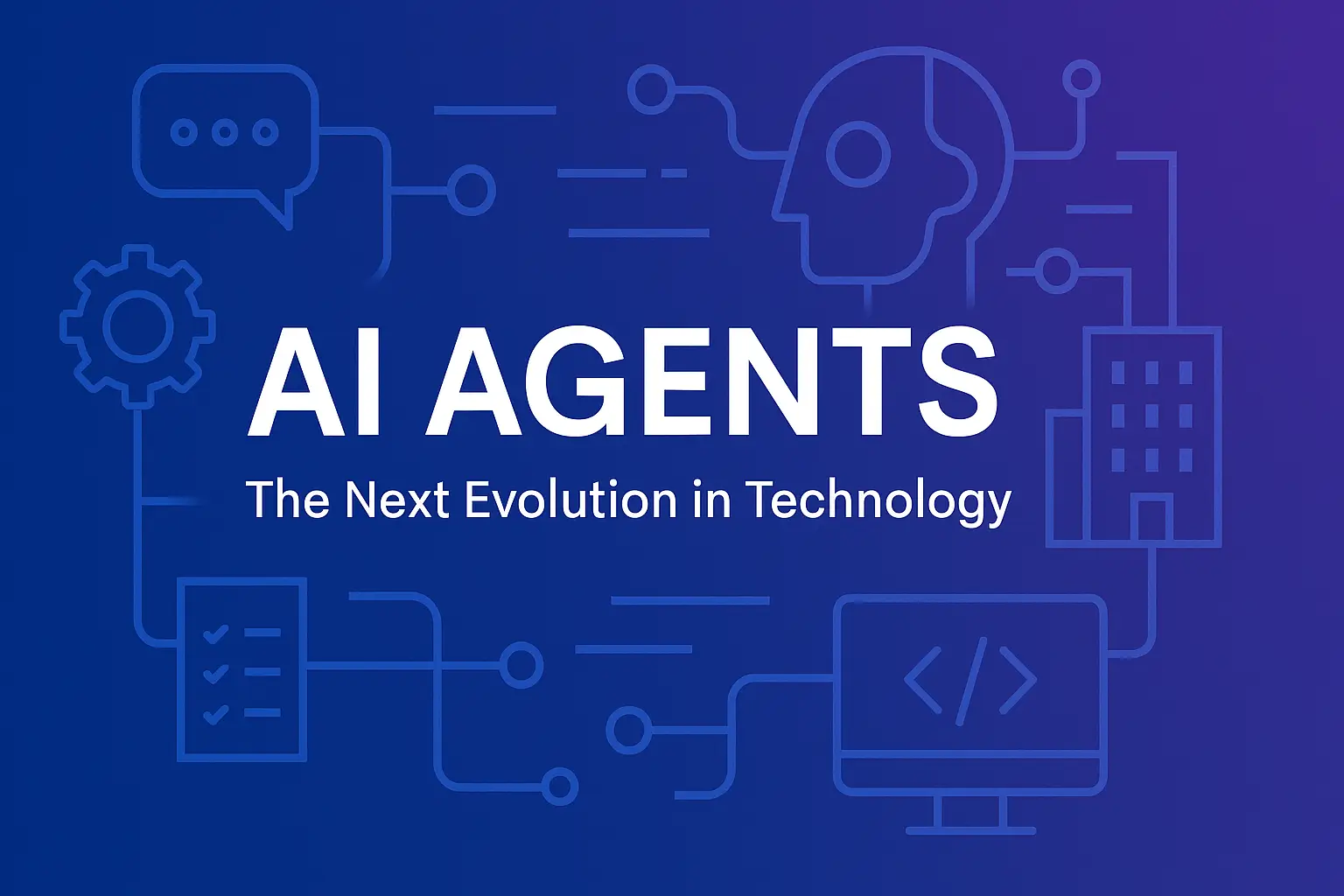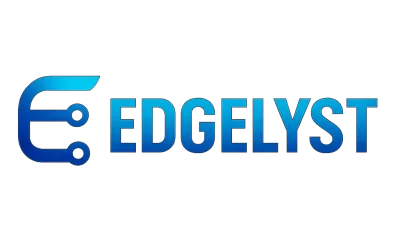Your Ultimate Guide to AI Image Generators
On a quest for the perfect AI image generator? Whether you’re a seasoned designer or just someone looking for the right visuals for your next blog post, we’ve got your back. Navigate the maze of free and paid options as we put texture quality, customization, and more under the microscope. Stick with us for an in-depth comparison that’ll set you on the right path.
Why Opt for an AI Image Generator?
Here’s the deal: traditional ways of getting images can be a hassle. Commissioning art? Wallet-draining and time-sapping. Relying on stock photos? Options are limited. Enter AI image generators—your shortcut to high-quality, tailor-made visuals. Why wouldn’t you?
Free vs. Paid: What’s the Real Deal?

Wondering whether to go free or splurge on a paid AI image generator? Each has its pros and cons. Free versions are budget-friendly but feature-limited, while paid options provide more bang for your buck. Keep scrolling for the nitty-gritty.
Free AI Image Generators: Worth It or Not?
“Free” sounds great, but what’s the catch? Free generators often compromise on features and could slap a watermark on your masterpiece. Still, they’re a solid entry point if you’re new to the scene.
Paid AI Image Generators: Unleashing the Full Potential
Ready to shell out? Paid options offer you a buffet of features—crystal-clear textures, robust customization, and a variety of styles. Plus, many throw in a free trial or credit allowance to kick the tires.
The Lineup: Free vs Paid
DeepArt
Features: Transforms pics into art in various styles.
Pros: User-friendly, artsy results.
Cons: Limited tweaks, expect watermarks.
Artbreeder
Features: Blend existing images to craft new ones.
Pros: Highly flexible, community-powered.
Cons: Needs an artistic touch, free tier limits downloads.
RunwayML
Features: ML-driven image manipulation tools.
Pros: Versatile, suited for techy projects.
Cons: Free tier’s got restrictions.
The Premium Contenders
DALL-E by OpenAI
Features: Text-to-image magic.
Pros: Top-notch quality, sky’s the limit on customization.
Cons: Pricy, may face a waitlist.
Lumen5
Features: Turn text into engaging video content.
Pros: Simple to use, optimized for social.
Cons: Video-only, costs climb with added features.
RelayThat
Features: Auto design for multiple platforms.
Pros: Keeps your brand on point, loaded with presets.
Cons: Subscription-based, creativity takes a back seat.
Quick Take: Feature Comparison
| Features | DeepArt | Artbreeder | RunwayML | DALL-E | Lumen5 | RelayThat |
| Customization | Low | High | Med | High | Med | Low |
| Quality | Med | High | High | High | High | High |
| User-Friendly | High | Med | Med | Med | High | High |
| Price | Free | Free/Paid | Free/Paid | Paid | Paid | Paid |
Evaluating AI Image Generators: Key Features to Consider
Before diving into our Quick Evaluation Table, let’s outline the criteria that matter. We’re zeroing in on two big ones: High-Quality Texture and Detailed Description.
High-Quality Texture: What to Look For
- Definition: Think of this as the image’s richness and detail level. The better the texture, the more lifelike your images.
- Criteria:
- Pixel Density: More pixels = better detail.
- Color Depth: Affects vibrancy.
- Noise Levels: Lower noise = cleaner textures.
- Examples:
- DALL-E: Aces the texture game, especially in intricate scenes.
- Artbreeder: Texture quality varies by algorithm.
Detailed Description: Nailing the Details
- Definition: How well the AI takes your text input and churns out an accurate visual.
- Criteria:
- Precision: Does the image match your text?
- Depth: Can it handle intricate descriptions?
- Context Awareness: Does it get the context right?
- Examples:
- DALL-E: Spot-on with detailed, complex text inputs.
- RunwayML: Model-dependent but generally versatile.
Quick Evaluation Table
| Feature | Criteria | DALL-E | Artbreeder | RunwayML |
| High-Quality Texture | ||||
| Pixel Density | High | Med | High | |
| Color Depth | High | High | Med | |
| Noise Levels | Low | Med | Low | |
| Detailed Description | ||||
| Precision | High | Med | Med | |
| Depth | High | Med | Med | |
| Context Awareness | High | Low | Med |
UX Matters: Picking an Easy-to-Use AI Image Generator
- User-Friendly: You want an intuitive interface. No one likes wasting time on a clunky design.
Community & Support: Don’t Underestimate the Power
- Community Forums: Handy for troubleshooting and learning the ropes.
- Customer Support: Responsive help is a big win, especially when you’re new.
Legal Know-How: Copyright 101 for AI Images
- Commercial Use: “Free” doesn’t mean free-for-all. Check restrictions.
- Attribution: Some AIs want credit. Don’t skip this.
- Derivatives: Editing an image? You might still owe licensing.
- Resale: Check if you can sell the images or not.
- Global Laws: Copyright can vary by country. Keep that in mind.
Quick Legal Tips: Cover Your Bases
- Read T&Cs: Always. Seriously.
- Get Permission: Uncertain? Secure written approval.
- Keep Records: Store all licenses and permissions. Just in case.
Wrap-Up: Time to Make Your Pick
You’re now armed with all you need to find the ideal AI image generator for your project. Free or paid, there’s something for everyone. We’ve gone over features, pros and cons, legal stuff—the works. So, what are you waiting for? Dive in!
Key Takeaways
- Legal Use: It’s usually okay to use these images for commercial purposes, but always read the T&Cs to be sure.
- Reviews: Don’t rely solely on one source. Cross-reference reviews to make an informed choice.
- Software: No need for special downloads. Most tools are web-based.
- Customization: Many platforms offer various customization options for your AI-generated images.
- AI Limitations: These tools are robust but may have limitations in generating extremely complex or specific images.





